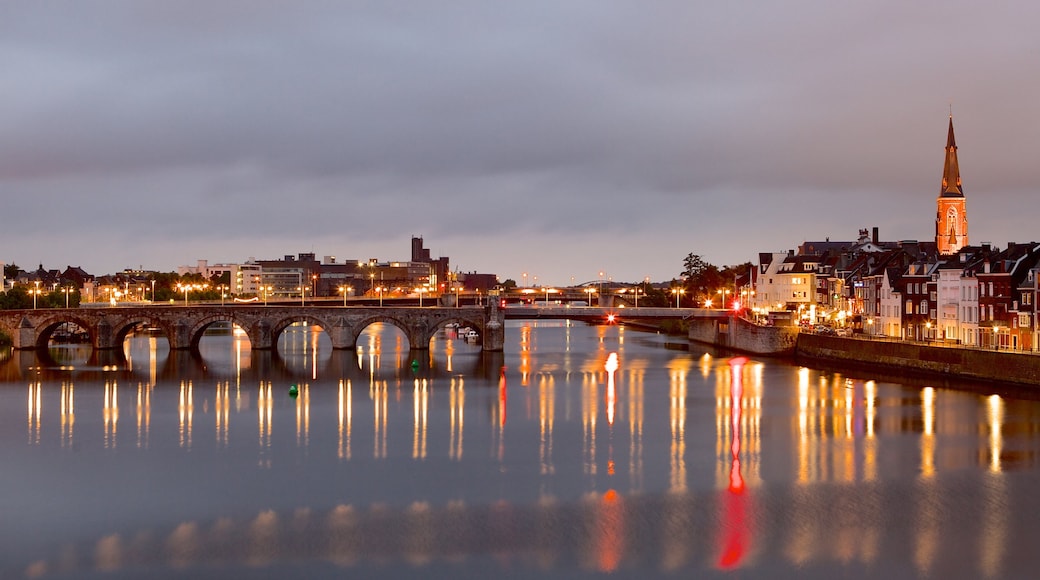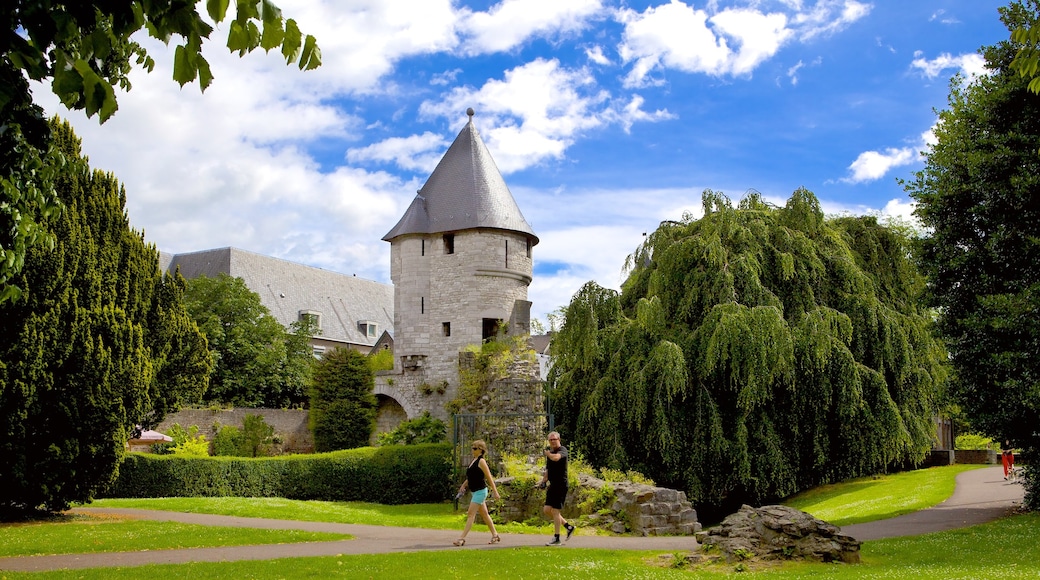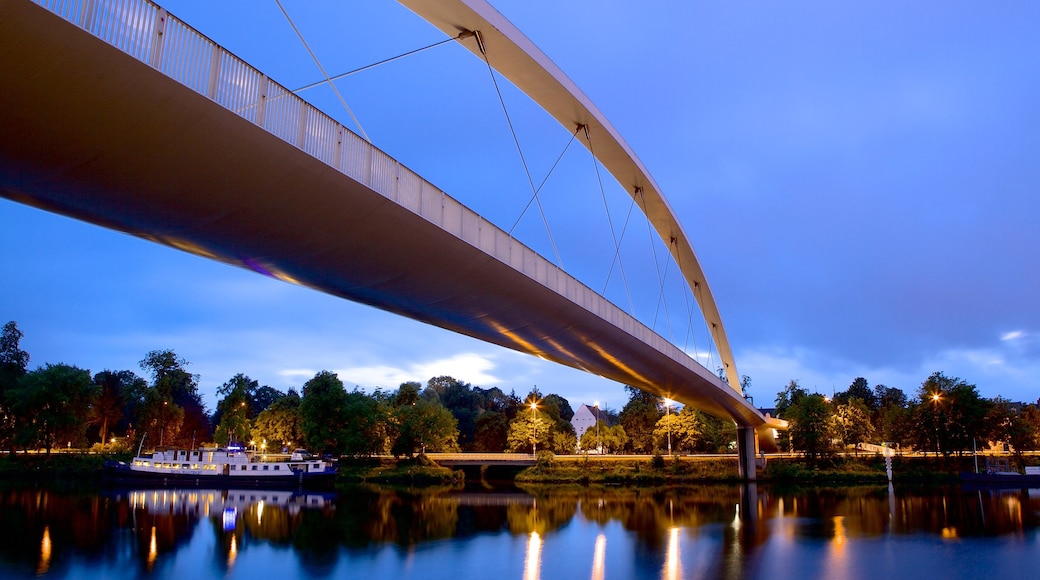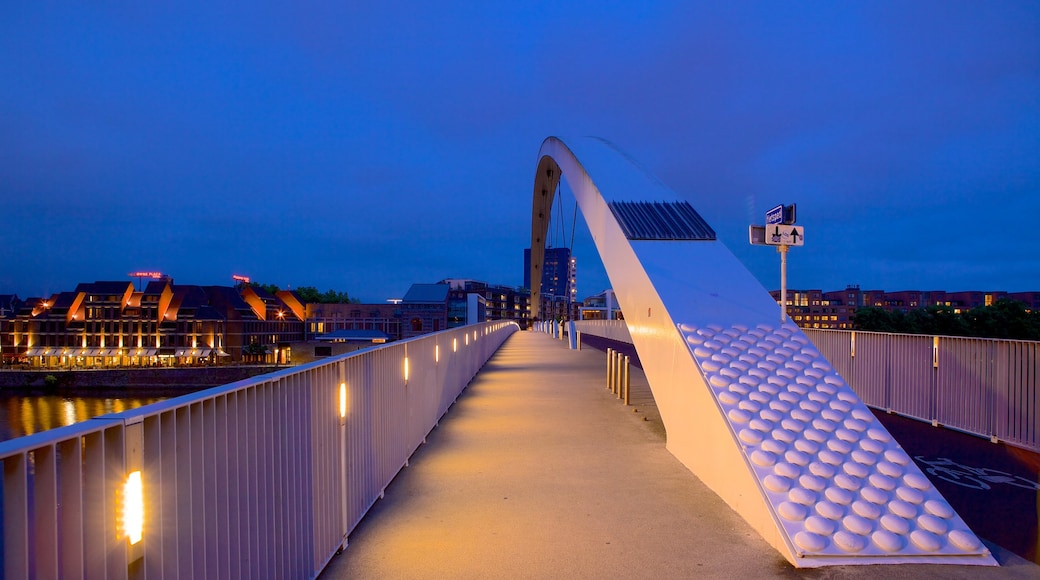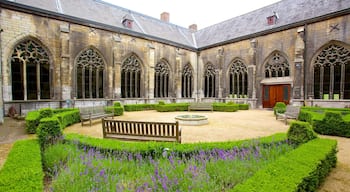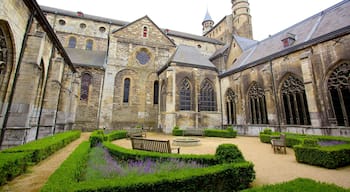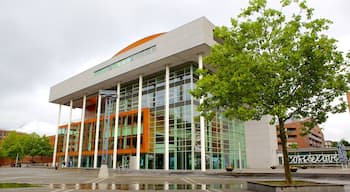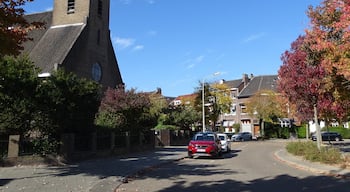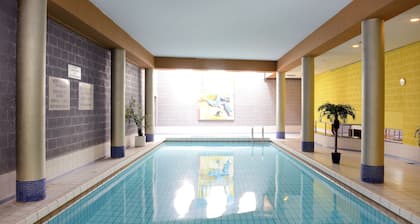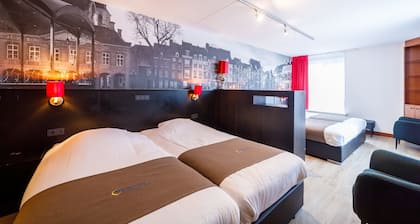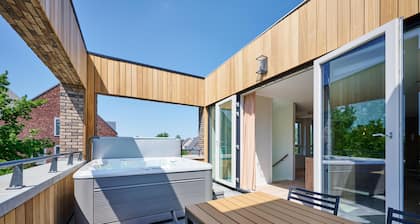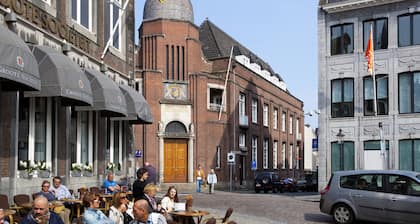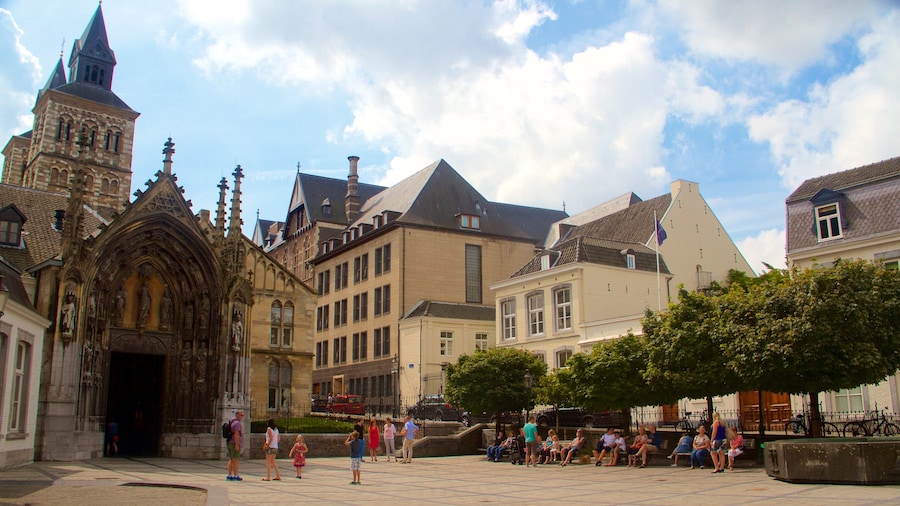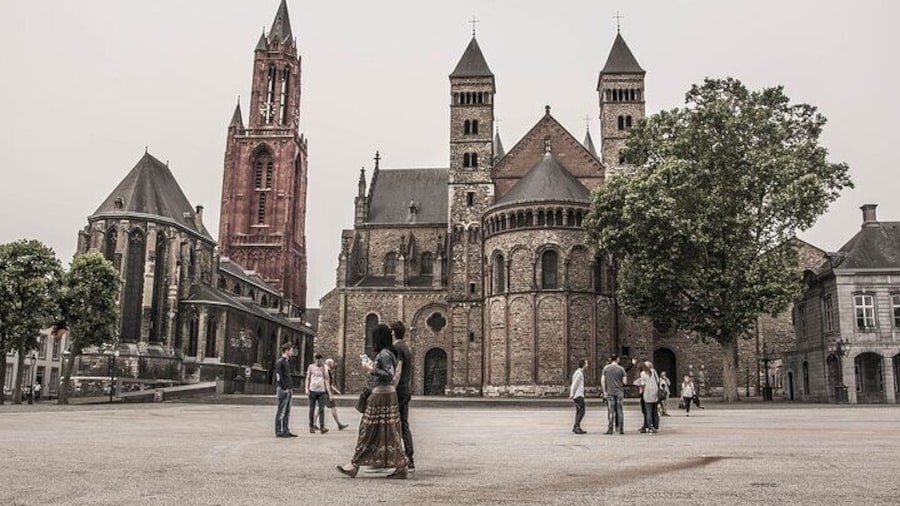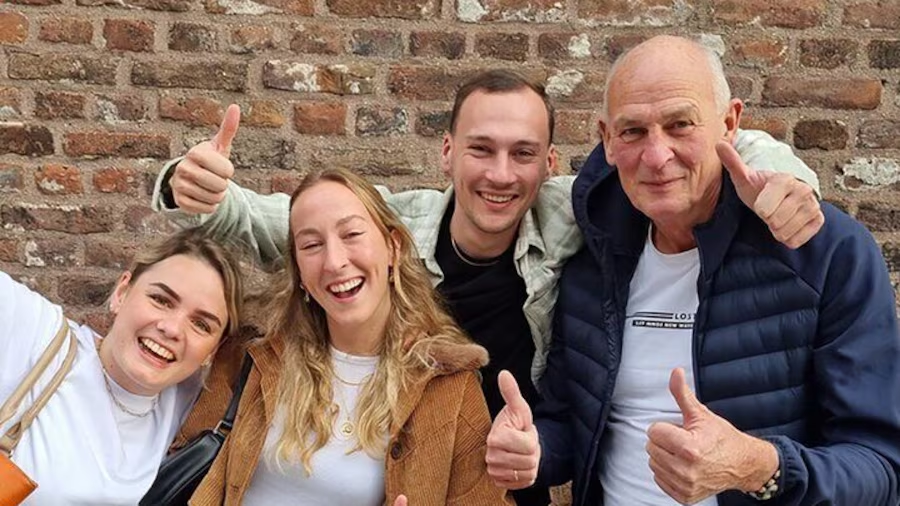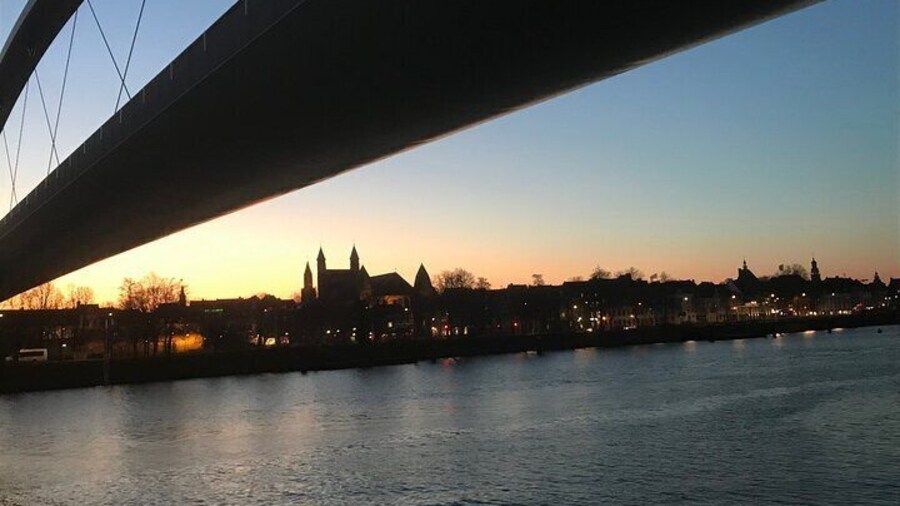Maastricht is the capital of the southern province of Limburg in the Netherlands. The ancient city gained fame as the place where the treaty for the European Union was signed. André Rieu, the world-famous violinist and conductor, studied and held some of his biggest concerts here. Walk the city’s cobblestone streets past old merchant houses, go shopping in the Stokstraat or, if it rains, explore churches, museums, ancient tunnels and caves.
This is a city where “anything goes” coffee shops and an annual carnival get the same attention as the upscale restaurants and religious processions. Join the soft-spoken locals, many of them fun-loving students, in the bars. They say this is “gezellig,” a typical Dutch word for a cozy get-together.
The Maastricht region, which by Dutch standards is considered hilly, had already been inhabited by hunter-gatherer tribes before the Romans settled in the first century B.C. Maastricht’s medieval defense structures, Spanish-style cathedrals and French-inspired love for fine cuisine show the various influences this city has had.
The city is best explored on foot, by bus or bike. Start out in the city center, just west of the river. Vrijthof is the main square, home to the great Basilica of St. Servatius with its treasury, courtyard and garden. Head southeast to the 13th-century Helpoort, the oldest gate, which is still standing, in the Netherlands.
Follow the Grote Straat (Big Street) to its end to find the VVV Maastricht, the tourist center. Join a tour to explore the Fortifications Trail, a labyrinth of over 20,000 subterranean tunnels at the St. Pietersberg Caves, dug under a fort in the city's south.
Maastricht is strategically located on the Maas River and is 2.5 hours by car from Amsterdam. You can also take the train and even fly there. Once you’ve seen the city, drive or ride out to see the castles or hike in the hills surrounding the city. Just to the southeast you can stand on the exact point where the Netherlands, Germany and Belgium meet.
